by Tithe Farhana
Hijras have for a long time been entertaining spectators on the big screens of South Asia. In the Hindi movie Amar Akbar Anthony (1977), for example, they accompanied one of the heroes, Akbar (Rishi Kapoor), in a song entitled “Tayyab Ali Pyar Ka Dushman” (“Tayyab Ali, the Enemy of Love”). Many other films portray their beauty, skills as entertainers, and spiritual and ritual value to society.
Much of their skills in song, dance and other creative arts, comes from the fact that hijras typically live together in large groups overseen by a leader called Guru Ma. This is not necessarily a choice, but the only option for them as outcasts.
The reality of many hijras is very different to their portrayal in old Bollywood movies. The advent of television, other entertainment and changing cultural practices have meant that demand for their arts has declined. Many are pushed into crime and prostitution as a result and, today, their story more closely resembles discrimination, marginalisation and dejection.
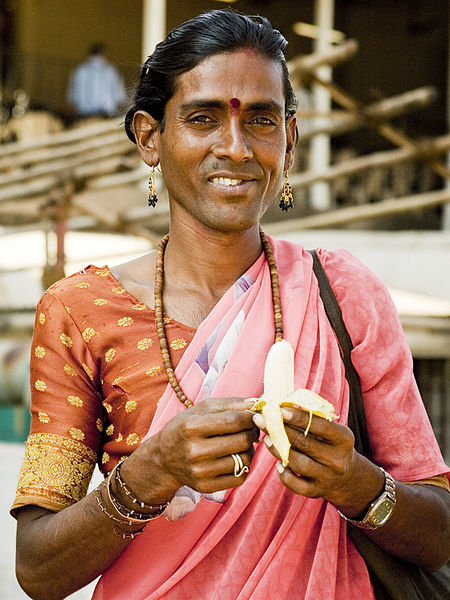 The Third Sex
The Third Sex
In the customs of South Asia, a hijra, is usually considered a member of “the third gender” — neither man nor woman. Most are physically male or intersex, but some are physically female.
According to Adnan Hossain, a PhD programmer in Social Anthropology Department of Social Sciences University of Hull:
“Hijras or hermaphrodites are people with ambiguous genitalia and are also called intersexed. Hermaphroditism is primarily a medical condition which results from multifarious biological factors. The term ‘intersexed’ is reserved to refer to a somatic condition in which the hermaphroditic person is supposed to posses both masculine and feminine traits”.
Although many dress as women, the Hijras of Bangladesh define themselves as people who are neither male nor female; with neither female nor male genitalia. Importantly, many regard themselves as people incapable of sexual sensation.
Not all hijras are hijras by choice or nature, as was pointed out by Shale Ahmed, the Director of Bandhu Social Welfare Society
“A lot of people assume hijras were born hijras. Their parents hide them from the eyes of society for as long as they can, ashamed of their ‘sexual anomaly’. At one point these people ‘come out’ and start living the way they do”, he said.
“However, in reality there are many who simply decide to enter this community because of hardships they suffer in life, economic or otherwise. Some are forced into it. They leave their old family and find a new one. They all have to be castrated, according to the rules. Many of them try getting this operation done in the hands of quack doctors and die. So there are only just a few properly castrated hijras out there”, Shale added.
Social & Institutional Marginalisation
According to the Canadian researcher Aude Leroux-Lévesque “in the last two centuries, hijras have progressively struggled against marginalization, harassment, malicious rumours, denial of human rights and lack of resources.” Consequently, as outcasts in society, the number of hijras who have turned to prostitution has risen dramatically. This is possibly partly the result of a high demand for hijra sex workers by male clientele.
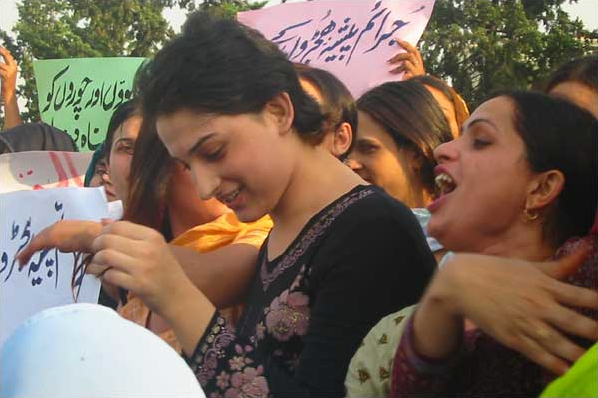 Such a phenomenon – according to the hijras themselves – is mostly due to the fact they are not given any support by the government or local authorities. Hijras are a significant presence in India, Pakistan and Bangladesh and are part of the variegated South Asian culture. However, national governments deal differently with hijras based on their constitutional and religious identity. When it comes to hijras and prostitution, the law is particularly strict, but there are signs of progress in parts of South Asia. In 2000, for example, hijra sex work was declared legal by the Bangladeshi High Court.
Such a phenomenon – according to the hijras themselves – is mostly due to the fact they are not given any support by the government or local authorities. Hijras are a significant presence in India, Pakistan and Bangladesh and are part of the variegated South Asian culture. However, national governments deal differently with hijras based on their constitutional and religious identity. When it comes to hijras and prostitution, the law is particularly strict, but there are signs of progress in parts of South Asia. In 2000, for example, hijra sex work was declared legal by the Bangladeshi High Court.
However, hijras still live in the margins of society. Leila Hijra, who runs Shustha Jibon, an NGO advocating for hijra rights, says:
“People who are building a new house sometimes hire us to dance in each new room, to take away any potential bad luck. We are also hired to dance at weddings and to celebrate the arrival of new-born babies. The everyday life of Bangladeshi hijras is far from being a laughing matter. With the spread of modern forms of entertainment –particularly TV– the call for hijras is dying up. Increasingly, we are compelled to earn our living by collecting money from shopkeepers –a form of mild extortion — and by prostitution.”
Abu Mokeram Khondaker, Secretary General of Association for Environment and Human Resource Development (AFEAHRD), a ten-year advocate of a better life for hijras had this to add:
“Hijras face prejudice and discrimination at every turn. Marked out by their sexual difference, they are hounded out of schools, and hence lack the necessary qualifications to get proper jobs. It’s almost impossible for them to become educated, to get a passport, or even to open a bank account.”
Pinky Hijra of Badhan Hijra Sangha expressed hopelessly that:
“there are no authentic statistics on how many hijras there are in Bangladesh. According to newspaper reports, the number varies from 30,000 to 150,000. Hijras get little sympathy from society. We are commonly subject to ridicule and rejection.”
According to Joya hijra, who took dance as a profession:
“We are not only deprived of human rights, but also abandoned by family members. We can go home while our parents are still alive. But after their demise, our siblings and neighbours reject us”.
Speaking of additional religious marginalization, Leila Hijra adds:
“The hijras in Bangladesh are predominantly Muslim. There are some Hindu ones too. The community is an amalgam of all the religions that are out there. We are buried in accordance to whatever religious background we came from. However, this is done secretively. We want to avoid any possibility of conflict regarding whether or not to treat the dead body as male or female”.
According to the Bangladeshi constitution, equality before law is guaranteed on the basis of citizenship, not on the basis of sex. But the Hijra community is essentially deprived of several rights under Bangladeshi law, because it recognizes only two sexes, male and female. All Bangladeshi governmental documents, therefore, are prepared only for men and women, leaving hijras with the cognitive dissonance of having to conform to one of the two restrictive categories.
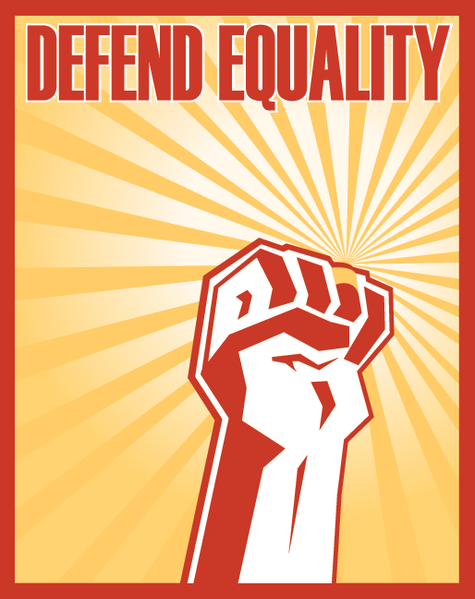 NGO & Civil Society Efforts
NGO & Civil Society Efforts
According to Sébastien Rist, a Canadian researcher & film director:
“Similar to any marginalized society, the majority of Hijras lack access to proper education, proper healthcare and, due to their lack of employment opportunities, live in lower-income neighborhoods. The Hijras who earn an income through sex work run a higher risk of contracting and spreading HIV/AIDS and STI’s”.
There are in-roads as the third sex is starting to take matters into their own hands.
“Thankfully, with the help of international NGO’s, local Hijra communities have created community centers where blood/STI tests, as well as sex-education, are readily available”, continued Sébastien.
Under its country program, for example, the United Nations Population Fund have engaged the locally based Bandhu Social Welfare Society (BSWS), in a joint prevention focused effort to reduce the risks of STI/HIV transmission among Hijras in Bangladesh.
The Association for Environment and Human Resource Development (AEHRD) is promoting and enlightening individuals as well as organizations on ‘Bisexual and Transgender’ rights through training & recreational cultural activities. Abu Mokeram Khondaker, the Secretary General of the organization, said this about their other plans and initiatives:
“We have a plan to publish a research book on the Hijra community, with the aim to push for the establishment of human rights amongst bisexual and transgender (Hijra) people; to promote education, especially Human Rights Education, amongst them; rehabilitate Bisexual and Transgender (Hijra) community; empower bisexual and transgender (Hijra) people through networks, linkages and cooperative association; and strengthen and promote bisexual and transgender (Hijra) organizations.”
There are many other efforts all around the country that support the third sex community. Badhon Hijra Shongho, Shocheton Shilpi Shongho (SSS), Social Advancement Society, Bangladesh Association for Gays (BAG), Gay-Bangla and Queer-Bangla are all great examples of local efforts.
Their work is vital to bring equality of citizenship to hijras I Bangladesh:
“If a blind, deaf or any other physically disabled person has the privilege to enjoy the rights of citizenship, like other normal citizens, then why should the Hijras be restricted in having it?”, said Pinky Hijra.
Although Bangladesh remains quite undeveloped in terms of recognizing the third gender and giving them rights and an identity in society, there have been some attempt to draw attention to this issue in parliament and look into extending voting rights. Less helpfully, attempts have also been made to begin to classify these people as ‘physically handicapped’. The problem is, negative views of hijras and the marginalizing culture that accompanies them is hard to break:
“It will be very hard to change the perception in one day. Hijra communities across the world, even in the most liberal, open and developed nations still suffer from stigmatization”, commented Canadian Researchers Sébastien Rist’ and ‘Aude Leroux-Lévesque comment.
“This said”, they continued, “countries like India have recently taken the necessary steps to help better the lives of hijra by legalizing homosexuality. Likewise, Bangladesh must hope for a fair representation of the third sex in the press and media; one that is as objective and as representative as possible.”
Hijras have much to offer the world and their creativity and spirituality should be harnessed in a national environment of acceptance, equality and support.[/vc_column_text][/vc_column][/vc_row]


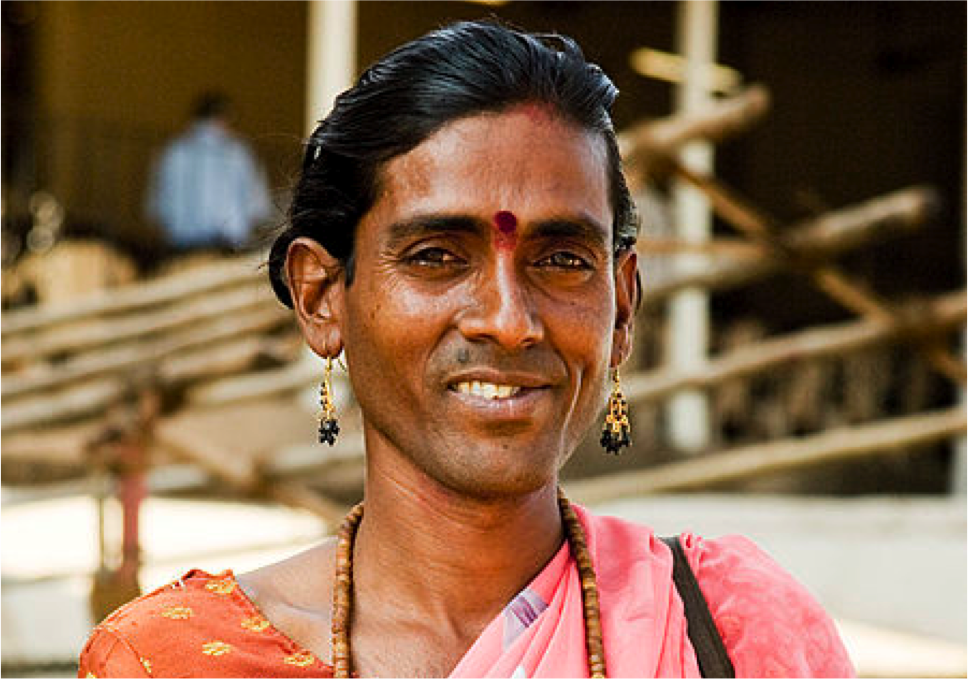







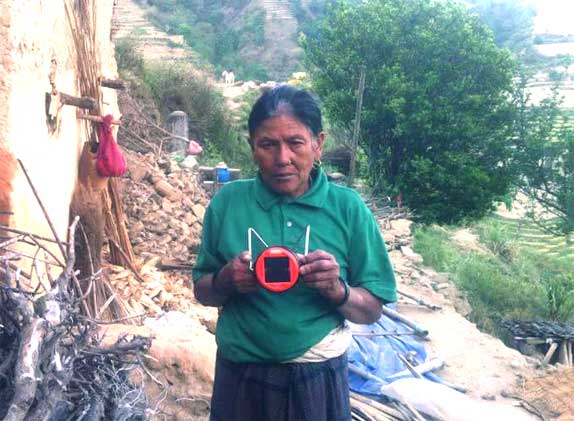
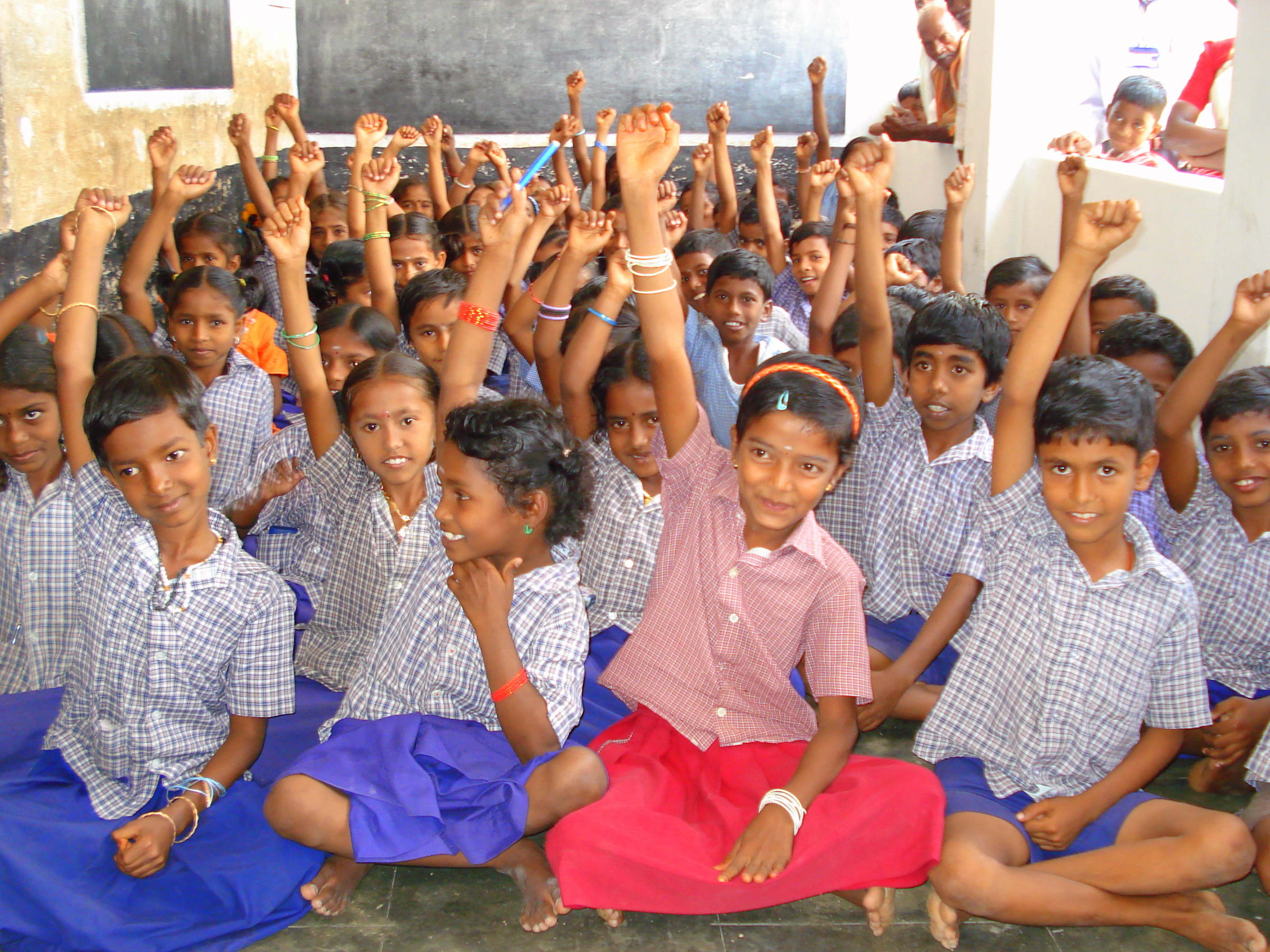
[…] Development Journalist, Tithe Farhana, for example, writes that “According to the Bangladeshi constitution, equality before law is guaranteed on the basis of […]
[…] Fighting for Equality: The Hijra in Bangladesh & Beyond […]
[…] Fighting for Equality: The Hijra in Bangladesh & Beyond […]
[…] Fighting for Equality: The Hijra in Bangladesh & Beyond […]
[…] Fighting for Equality: The Hijra in Bangladesh & […]